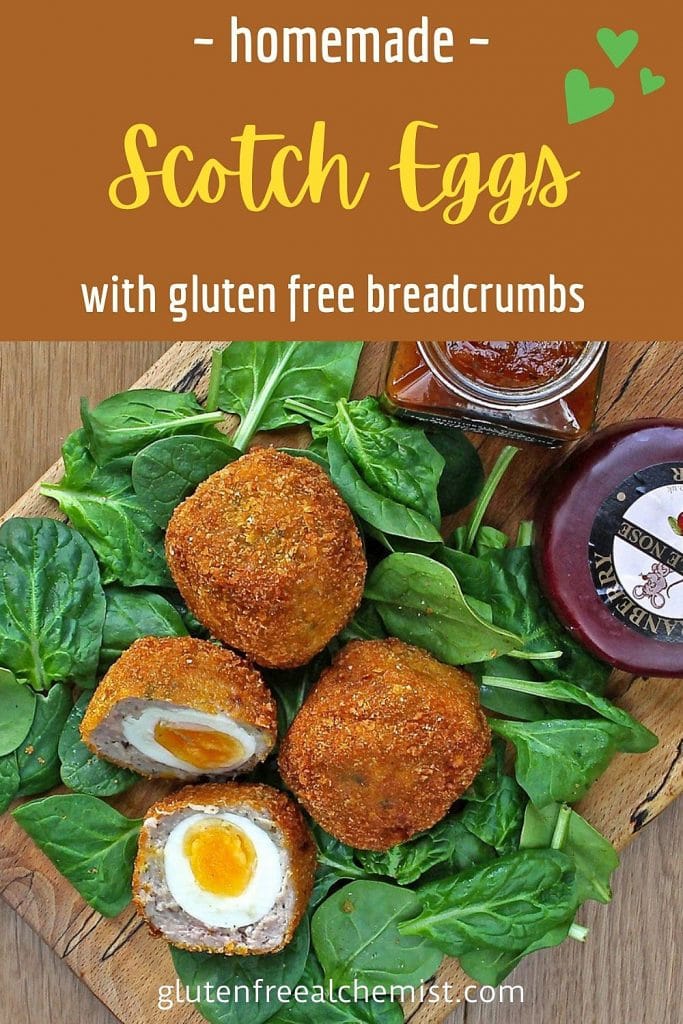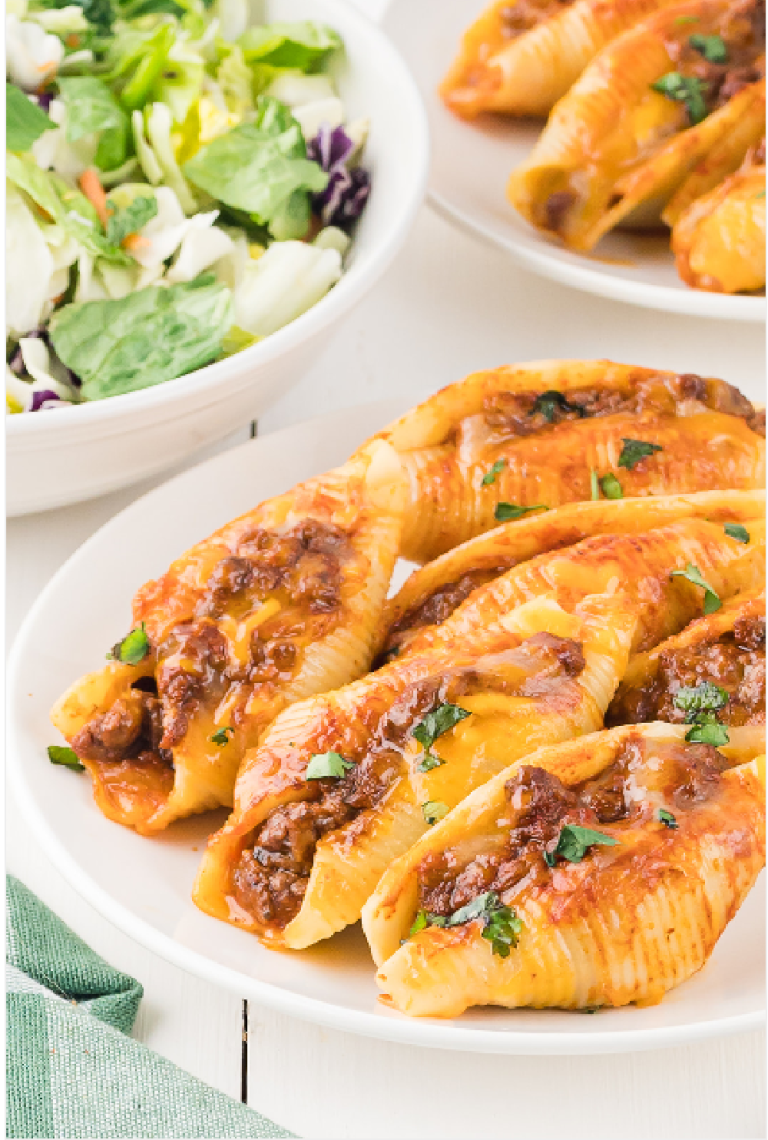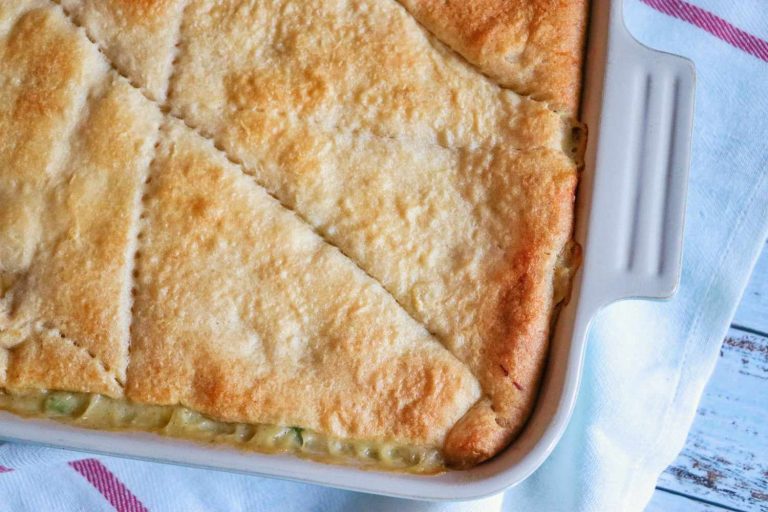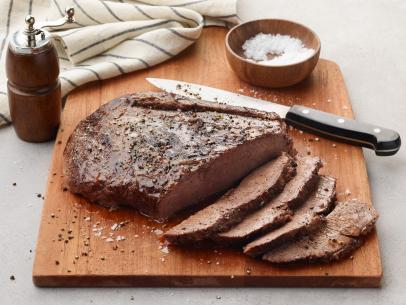Scotch Eggs: History, Variations, Nutrition Facts, and Healthier Recipes
Scotch eggs, originating in the UK, date back to the 18th century. Fortnum & Mason, a London department store, claims to have invented them in 1738. Originally, these portable snacks catered to travelers. They comprised hard-boiled eggs wrapped in sausage meat, then coated in breadcrumbs and fried.
Main Ingredients and Variations
Traditional Scotch eggs contain hard-boiled eggs, sausage meat, breadcrumbs, and spices. Variations exist, offering different flavors.
- Turkey or chicken sausage: An alternative to pork sausage.
- Herbs and spices: Enhancing taste with cayenne pepper, thyme, or parsley.
- Cooking methods: Oven-baking for a healthier option instead of deep frying.
- Vegetarian versions: Utilizing meat substitutes like lentils or plant-based proteins.
These variations reflect regional preferences and dietary needs, adding versatility to this classic dish.
How to Make Scotch Eggs
Ingredients Needed
To create four Scotch eggs, gather the following ingredients:
- 4 large eggs (hard-boiled and peeled)
- 1 pound sausage meat (pork or preferred alternative)
- 1 cup breadcrumbs (seasoned or plain)
- 1/2 cup all-purpose flour
- 1 beaten egg (for coating)
- 1/2 teaspoon salt
- 1/2 teaspoon black pepper
- 1/4 teaspoon cayenne pepper (optional)
- Vegetable oil (for frying)
- Prepare Eggs: Ensure the hard-boiled eggs are peeled and dry.
- Season Sausage Meat: Mix the sausage meat with salt, black pepper, and cayenne pepper.
- Encase Eggs: Divide the sausage meat into four equal portions. Flatten each portion into a patty and wrap it around a hard-boiled egg, ensuring you cover the egg completely.
- Coat Eggs: Roll each sausage-covered egg in flour, then dip it in beaten egg, and finally coat it with breadcrumbs. Ensure an even coat at each step.
- Heat Oil: Pour enough vegetable oil into a deep pan to submerge the eggs. Heat the oil to 350°F (175°C).
- Fry Eggs: Carefully place the coated eggs in the hot oil. Fry for about 5-6 minutes until golden brown and crisp. Use a slotted spoon to remove the eggs.
- Drain and Cool: Place the fried Scotch eggs on a paper towel to drain excess oil. Allow them to cool slightly before serving.
These steps guide you through making traditional fried Scotch eggs.
Serving and Pairing Ideas
Best Condiments and Sauces
Enhance the flavor of your Scotch eggs with a variety of condiments and sauces. Classic choices include mustard, which adds a tangy contrast, and piccalilli, a pickled relish complementing the richness of sausage meat. Consider chutneys like mango or apple for a sweet and spicy balance.
- Mustard: Tangy, contrasts well with sausage meat.
- Piccalilli: Pickled relish, counters richness.
- Chutneys: Mango or apple, adds sweetness and spice.
Experiment with hot sauces for a spicy kick or aioli for a creamy texture. These condiments elevate the traditional taste, offering varied experiences in each bite.
Pairing Scotch Eggs with Drinks
Select beverages that complement the savory nature of Scotch eggs. Traditional British ales, with their robust flavor profiles, pair well, enhancing the dish’s complexity. Opt for stouts or porters if you prefer darker ales.
- British Ales: Robust flavors, enhance complexity.
- Stouts and Porters: Darker ales, complement savory notes.
Wines also make excellent pairings. Choose a crisp white wine like Sauvignon Blanc to cut through the richness or a light red like Pinot Noir to balance the flavors. Even non-alcoholic options like sparkling water with lemon provide a refreshing palate cleanser.
- Sauvignon Blanc: Crisp white wine, balances richness.
- Pinot Noir: Light red wine, complements flavors.
- Sparkling Water: Refreshing, cleanses the palate.
These drink pairings can enhance your Scotch egg experience, providing both balance and contrast to the dish’s flavors.
Nutritional Information
Calories and Nutritional Content
A standard Scotch egg, containing a medium egg and sausage meat, has approximately 300-350 calories. Specific values depend on ingredients.
| Nutrient | Amount per Serving |
|---|---|
| Calories | 300-350 kcal |
| Protein | 14-17 grams |
| Fat | 20-25 grams |
| Carbohydrates | 16-20 grams |
| Fiber | 1-2 grams |
| Sodium | 600-800 mg |
Ingredients like lean sausage meat or whole grain breadcrumbs can reduce calorie content. Modern variations may have different nutritional profiles. For instance, a vegetarian Scotch egg made with lentils may offer lower fat and higher fiber.
Health Considerations
Scotch eggs offer protein from eggs and sausage meat, essential for muscle maintenance. However, they can be high in saturated fat and sodium, which may impact heart health negatively if consumed excessively.
For healthier options, use baked instead of fried methods. Substitute red meat with turkey or chicken sausage to lower fat content. Opt for whole grain breadcrumbs to increase fiber. Vegetarian versions can also provide a balanced nutritional profile with less fat and sodium.
Conclusion
Scotch eggs offer a delightful blend of flavors and textures that can be both a nostalgic comfort food and a versatile dish for modern diets. Whether you stick to the traditional recipe or experiment with healthier or vegetarian alternatives, there’s a Scotch egg for every palate. By making mindful ingredient choices, you can enjoy this classic dish without compromising on taste or nutrition. So why not try making your own Scotch eggs at home? You’ll find they’re not only delicious but also a fun culinary project that can easily fit into a balanced lifestyle.






